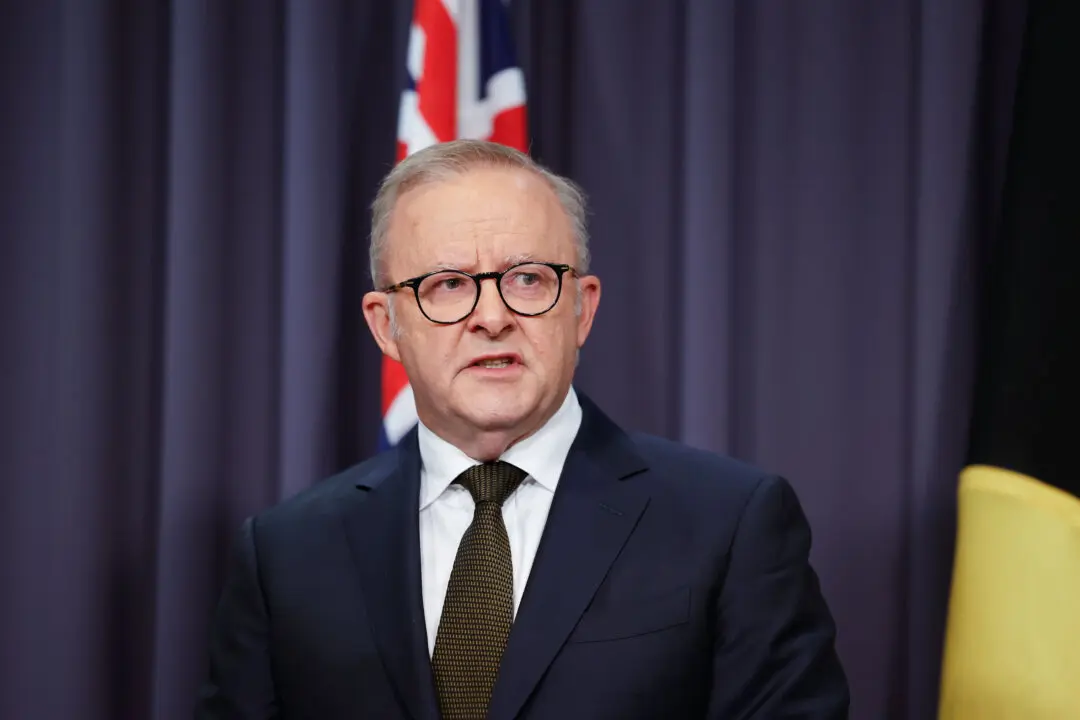Australia’s inflation rate has slowed to 2.8 percent, its lowest point since March 2021, returning to the Reserve Bank of Australia’s (RBA) target range for the first time in three years.
Data from the Australian Bureau of Statistics (ABS) showed that consumer price index (CPI) inflation dropped from 3.8 percent in June, a slowdown attributed to government-backed rebates and lower automotive fuel prices.





